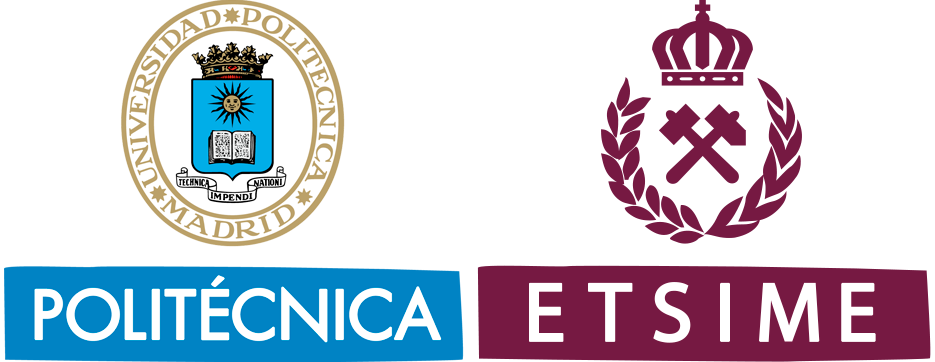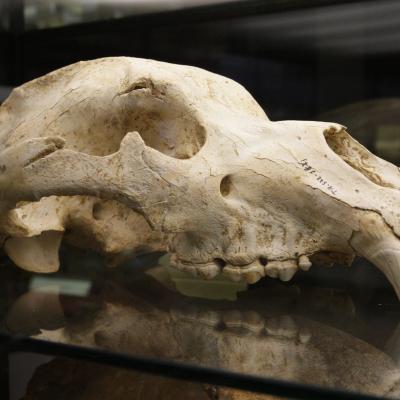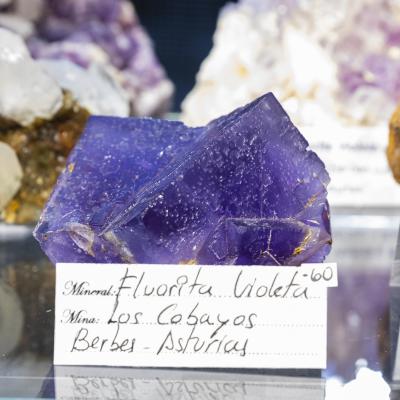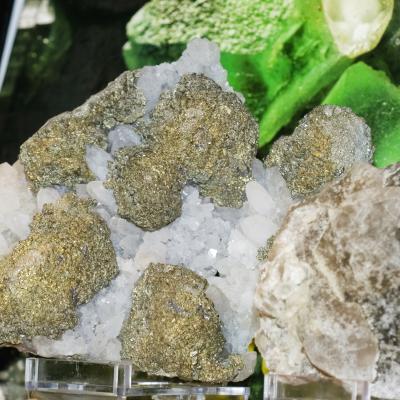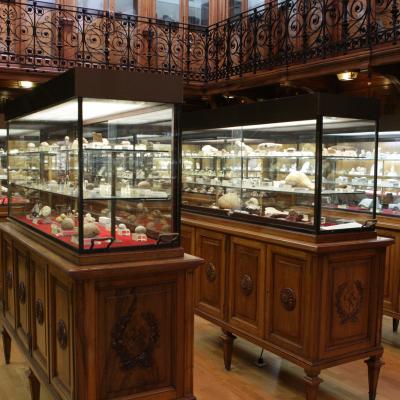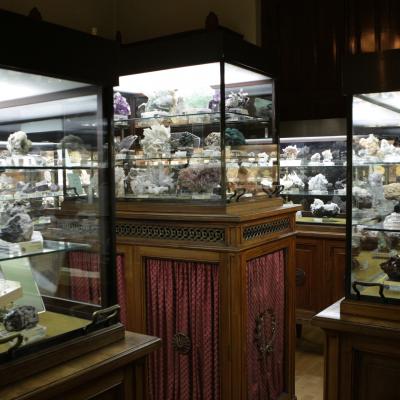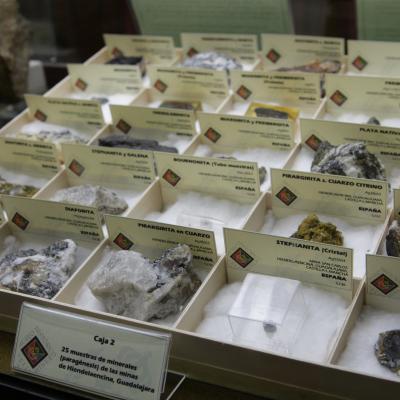 Fifty years ago I made my first paleontological excavation at the Cueva del Reguerillo 50 km north of Madrid. At this epoch the working condition were very different to the currently ones. As some examples I can remember that the measurements were taken using an analogic Vernier caliper that after hand written were transferred to perforated cards-perforated tape-magnetic tapes-and finally to floppy discs (8’’ to 3.5”) and from Data Base to Excel. Because digital photos did not existed I employed negative film (Kodak plux X or Tri X) that were processed in the Empresa Nacional Adaro of Mining Research where I worked as a young mining engineer. I took photos of each premolar and premolar recovered (many thousands) that are preserved in the archives of the Madrid School of Mines and Energy where finally anchored as full professor of Stratigraphy and Paleontology (now Emeritus Professor).
Fifty years ago I made my first paleontological excavation at the Cueva del Reguerillo 50 km north of Madrid. At this epoch the working condition were very different to the currently ones. As some examples I can remember that the measurements were taken using an analogic Vernier caliper that after hand written were transferred to perforated cards-perforated tape-magnetic tapes-and finally to floppy discs (8’’ to 3.5”) and from Data Base to Excel. Because digital photos did not existed I employed negative film (Kodak plux X or Tri X) that were processed in the Empresa Nacional Adaro of Mining Research where I worked as a young mining engineer. I took photos of each premolar and premolar recovered (many thousands) that are preserved in the archives of the Madrid School of Mines and Energy where finally anchored as full professor of Stratigraphy and Paleontology (now Emeritus Professor).
 To meeet my own expectations a performed officially authorized excavation campaigns in a bunch of caves where speleologists or other paleontologists have found bones that resulted to be of different bear species: Cueva del Reguerillo (Patones, Madrdi), Cueva de Arrikrutz (Oñati, Guipuzcoa), Sima de los Huesos and Trinchera del Ferrocarril (Atapuerca, Burgos), Cueva de Troskaeta (Ataun, Guipuzcoa), Cueva Eirós (Triacastela, Lugo), Cueva de los Osos (Tella, Huesca), Cueva de Santa Isabel (Ranero, Vizcaya), Cueva de La Lucia (Quintanilla, Cantabria) among the most important. At the same time as former speleologist a acted as an attractor of isolated findings, mostly Ursus arctos, speleologist made during their explorations. Finally I went on pilgrimage to the Spanish museums (Instituto Catalan de Paleontologia Miquel Crusafont, Sociedad de Ciencias Aranzadi o Instituto de Paleontología Jaume Almera). In the first one Prof. Miquel Crusafont allowed me access to a big number of papers focusing on Pleistocene bears and in spite of the scarcity of bear remains shown interesting bear remains from Atapuerca that sparkled my interest from this locality where finally I found the first Homo heidelbergensis remains. Professor Jesús Altuna, and his wife Koro Mariezkurrena, in Aranzadi gave me full access to the rich material stored there Ekain and other localities and Prof. J. Fernández de Villalta the first cave bear site excavator in Spain gave me access to the El Toll cave and other localities material and became my Thesis director. Because Ursus etruscus material was almost inexistent in Spain visited some European institution: Museum de Histoire Naturella de Lyon, Université Claude Bernard, Museo Paleontologico de Montevarchi, Museo di Geologia e Paleontologia Firence, Naturhistorische Museum Basel, Leiden Museum Naturalis and Moravian Museum in Brno in Czech Republic. In any case I would like to thank all of them who allowed me have access to their collections.
To meeet my own expectations a performed officially authorized excavation campaigns in a bunch of caves where speleologists or other paleontologists have found bones that resulted to be of different bear species: Cueva del Reguerillo (Patones, Madrdi), Cueva de Arrikrutz (Oñati, Guipuzcoa), Sima de los Huesos and Trinchera del Ferrocarril (Atapuerca, Burgos), Cueva de Troskaeta (Ataun, Guipuzcoa), Cueva Eirós (Triacastela, Lugo), Cueva de los Osos (Tella, Huesca), Cueva de Santa Isabel (Ranero, Vizcaya), Cueva de La Lucia (Quintanilla, Cantabria) among the most important. At the same time as former speleologist a acted as an attractor of isolated findings, mostly Ursus arctos, speleologist made during their explorations. Finally I went on pilgrimage to the Spanish museums (Instituto Catalan de Paleontologia Miquel Crusafont, Sociedad de Ciencias Aranzadi o Instituto de Paleontología Jaume Almera). In the first one Prof. Miquel Crusafont allowed me access to a big number of papers focusing on Pleistocene bears and in spite of the scarcity of bear remains shown interesting bear remains from Atapuerca that sparkled my interest from this locality where finally I found the first Homo heidelbergensis remains. Professor Jesús Altuna, and his wife Koro Mariezkurrena, in Aranzadi gave me full access to the rich material stored there Ekain and other localities and Prof. J. Fernández de Villalta the first cave bear site excavator in Spain gave me access to the El Toll cave and other localities material and became my Thesis director. Because Ursus etruscus material was almost inexistent in Spain visited some European institution: Museum de Histoire Naturella de Lyon, Université Claude Bernard, Museo Paleontologico de Montevarchi, Museo di Geologia e Paleontologia Firence, Naturhistorische Museum Basel, Leiden Museum Naturalis and Moravian Museum in Brno in Czech Republic. In any case I would like to thank all of them who allowed me have access to their collections.
To determine the bone and tooth measurements was not an easy task fifty years ago. For the bones the only accessible treatise was “Traité d’Osteometrie” printed in 1905. The two volume tretatise comprised a systematic graphic depiction of all medium-big sized mammals of Europe in litographs of excellent quality. To note that in Spain they were two copies at the National Museoun of Natural History (lost) and in the Spanish Geological Survey library. The book contained clear examples of all measurements to be obtained on the skeleton remains. The main problem lied on the fact that clear measurements indicated on each drawing were difficult to translate to real bones were many anatomical point resulted uncertain. In any case I made all de Hue’s preconized measurements until today, and appeared in the data base, although in the Thesis I selected the, on my own opinion, more feasible.
It was more complex to choose the measurements to make on premolars and molars as French authors employed a very short number and the most promising works dealing with detailed study of cusp morphologies micromorphology and measurements were published in german, Hungarian and Czech (obviously no translator were available then). Finally I decided to follow the method proposed by Solstez after a painfull translation from the german. Decided to overcome it I added a number of “such in case” new measurements although later I realized that the bluntness and complexity of the cusps made many of them uncertain for measurement. In any case I maintained the completeness of the database up to now in spite of in my opinion some measurements were unclear or redundant.
